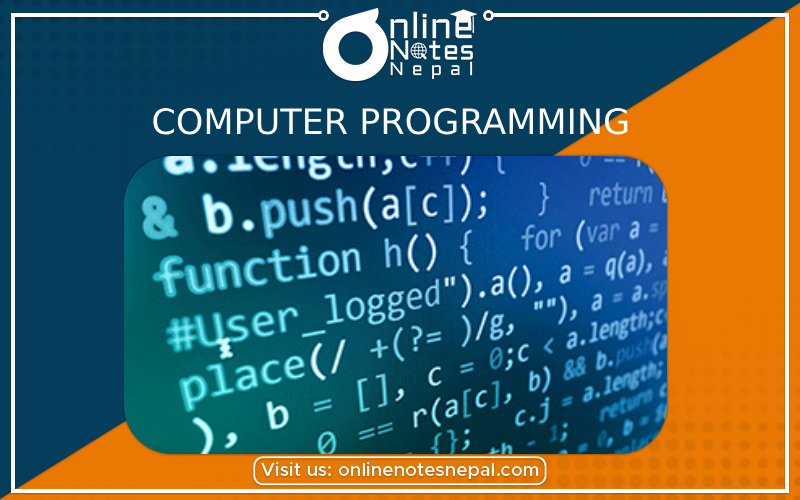Published by: Dikshya
Published date: 17 Jul 2023

Computer programming plays a crucial role in implementing and solving numerical methods. Numerical methods are mathematical techniques used to approximate and solve complex mathematical problems that may not have analytical solutions. By employing computer programming, numerical methods can be efficiently applied to solve a wide range of scientific, engineering, and mathematical problems. Here are some key ways in which computer programming is utilized in numerical methods:
1. Algorithm implementation: Computer programming allows the translation of numerical algorithms into executable code. Numerical algorithms, such as the Newton-Raphson method, the Gaussian elimination method, or the Runge-Kutta method, are implemented through programming languages. These algorithms are designed to solve specific mathematical problems and provide numerical approximations or solutions.
2. Data representation: Numerical methods often involve handling large sets of data, such as matrices, vectors, or multidimensional arrays. Programming languages provide data structures and libraries that facilitate the efficient representation and manipulation of such data. These data structures enable programmers to store and process numerical data, ensuring accurate computations and effective problem-solving.
3. Iterative processes: Many numerical methods employ iterative techniques, where an initial estimate or guess is repeatedly refined until a desired accuracy is achieved. Programming allows for the efficient implementation of iterative processes, enabling the repetition of calculations until convergence is reached. This iterative nature is particularly useful in solving systems of equations, root finding, optimization, and simulation problems.
4. Numerical libraries and packages: Programming languages often provide specialized numerical libraries or packages that include pre-written functions and methods for common numerical computations. These libraries, such as NumPy in Python or MATLAB's numerical toolbox, offer optimized routines for matrix operations, interpolation, numerical integration, differentiation, and more. Leveraging these libraries saves time and ensures reliable and efficient numerical calculations.
5. Visualization: Programming allows for the visualization of numerical results, helping users gain insights into complex data and mathematical relationships. Graphical representations, charts, plots, and animations can be generated using programming libraries like Matplotlib or MATLAB's visualization capabilities. Visualization aids in understanding the behavior and trends of numerical solutions, validating results, and communicating findings effectively.
6. Performance optimization: Computational efficiency is critical in numerical methods, especially when dealing with large datasets or complex calculations. Programming enables the implementation of optimization techniques to improve the performance of numerical algorithms. Techniques like parallel computing, vectorization, and algorithmic improvements can be applied through programming languages, making computations faster and more efficient.
Overall, computer programming provides the tools and frameworks necessary to implement and execute numerical methods effectively. By leveraging programming languages, numerical techniques can be applied to tackle challenging mathematical problems, simulate physical phenomena, optimize engineering designs, and make accurate predictions across various fields of study.